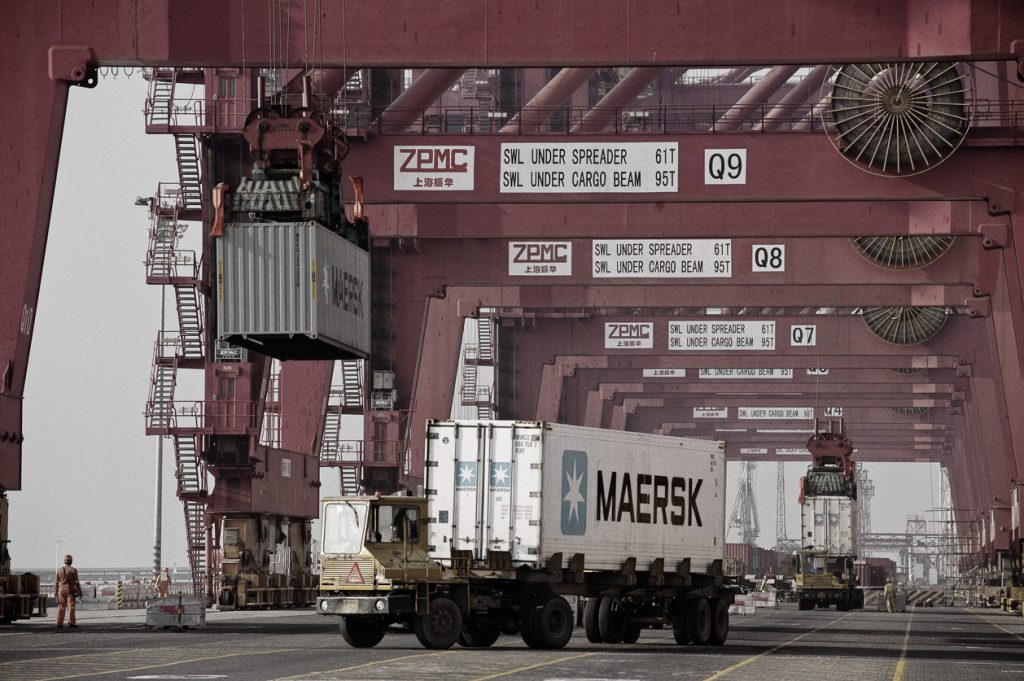August 28, 2020: Reefer traffic in ocean shipping is expected to grow at a 3.7% annual rate to reach 156 million tonnes by 2024, according to a forecast from Drewry. Dry cargo is expected to grow at an annual rate of 2.2% over the same period.
“Availability of refrigerated shipping container equipment remains a challenge, due to the highly imbalanced nature of reefer trade routes,” Drewry’s head of reefer shipping research, Philip Gray, said in a statement. “And Drewry expects conditions to tighten as equipment fleet growth is not expected to keep pace with projected cargo demand.”
Specialized reefer ships are expected to lose their share of the reefer market to containerships. Drewry projected market share for specialized reefer ships will fall from 13% in 2019 to just 8% by 2024.
Dive Insight:
Reefer cargo is expected to be more resilient than dry cargo through the economic downturn caused by the COVID-19 pandemic, Gray said. While many are willing to cut back on items that travel in dry containers, such as apparel or electronics, the food traveling in reefers remains a priority.
“People are always gonna be making sure that families have healthy stuff on the table,” Gray said.
Some food products more traditionally sold in restaurants, such as french fries, might be impacted as dining out has seen a downturn during the pandemic, he said.
The refrigerated cargo trade is also unequal in nature. “It’s pretty much one-way traffic,” Gray said.
Countries that export refrigerated cargo don’t bring in a lot of refrigerated cargo, which results in about 87% of reefer containers being returned empty, he said. This can be a problem when carriers blank a large number of sailings — as they did through the pandemic — that are needed to return empty containers. When capacity gets tight, carriers are more likely to put a loaded container on their ship than an empty one.
“It does mean that people need to plan, and it also can mean that there will probably be a bit more pressure on the freight rates, that they would go up,” Gray said.
One potential way to solve this issue, other than adding equipment and blanking fewer sailings, would be moving dry cargo in reefer containers.
“Dry shippers could make very interesting deals with container lines” for using these reefer containers, Gray said. “After all, you carry pallets of food in a reefer container, you could easily carry a pallet of PVC in a reefer container.”
Reefer equipment is also expensive, and carriers have been apprehensive about investing in the infrastructure in recent years because they “have not made a lot of money,” he said.
Carriers have added thousands of reefers to their fleets over the last few years. Last year, Hapag-Lloyd announced plans to add 13,420 reefer containers to its fleet.
Ports have also been preparing for an increase in refrigerated cargo. Port of Oakland, for example, opened the “Cool Port” in 2018, which it claims is the “world’s latest next-generation cold storage and logistics facility.”
“You probably will have some pockets of issues here and there,” Gray said. “But, in general, you see that the ports are making sure that they are preparing for more cargo coming in reefer containers.”
Source: SUPPLY CHAIN DIVE








